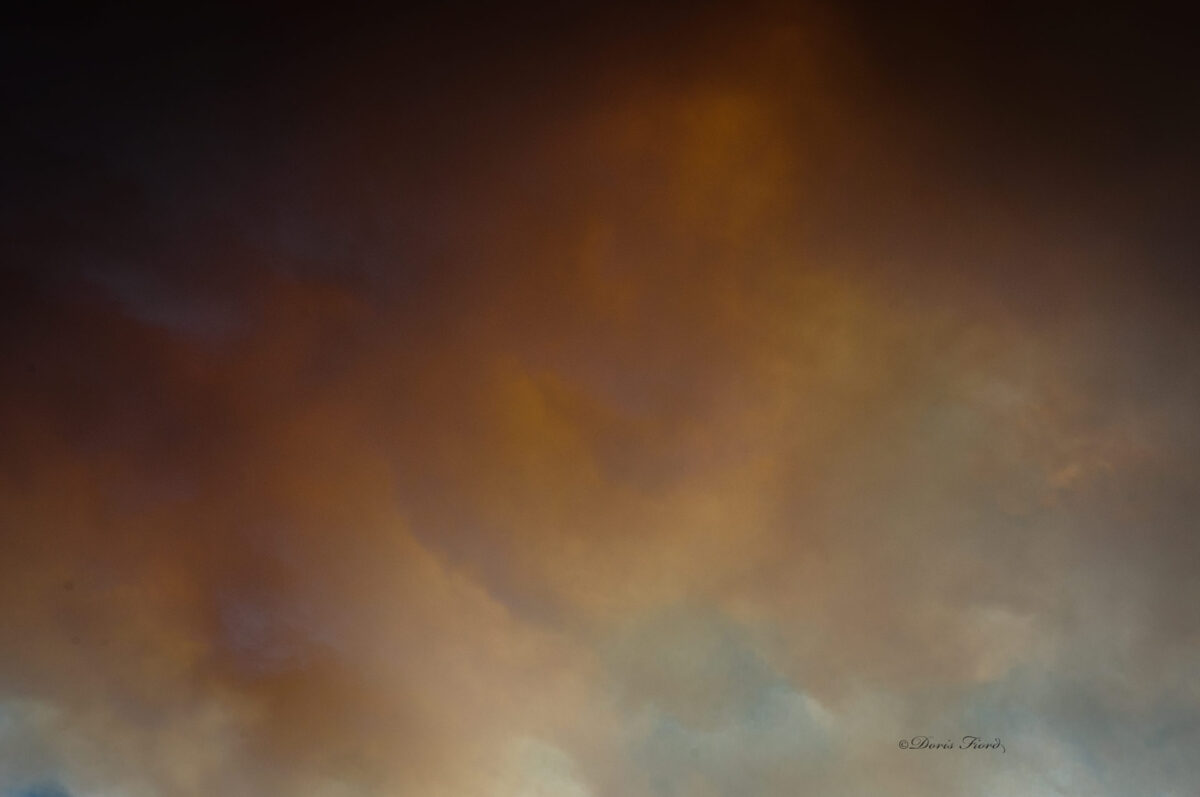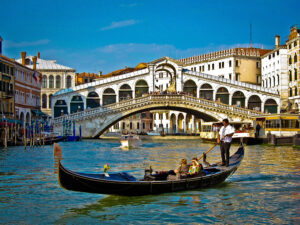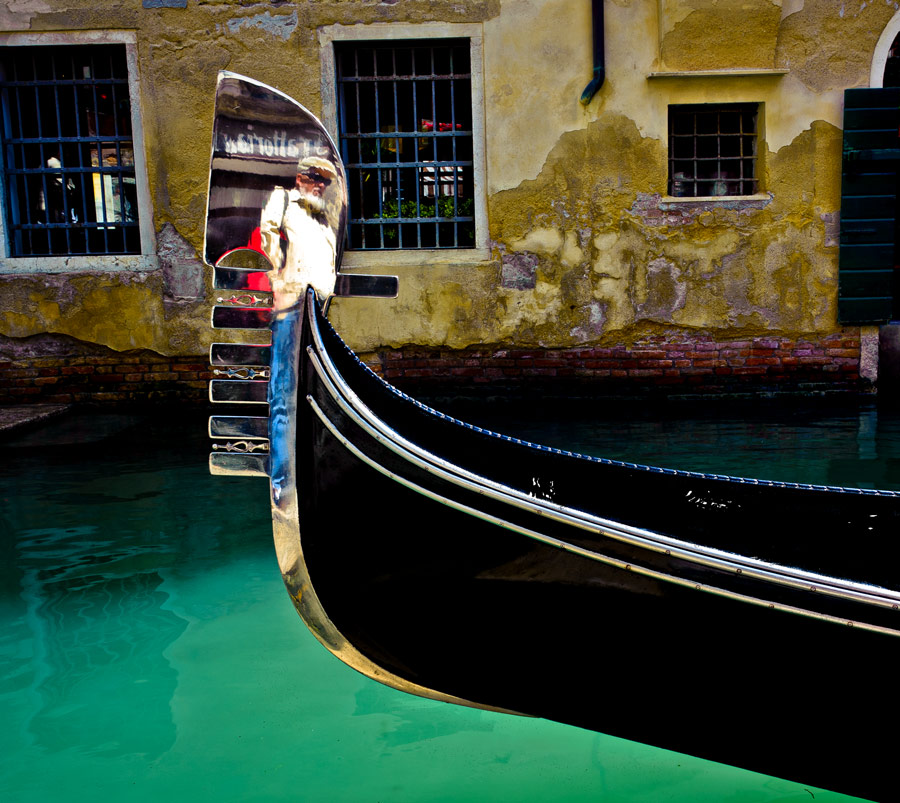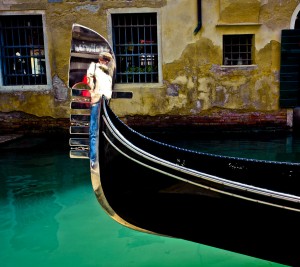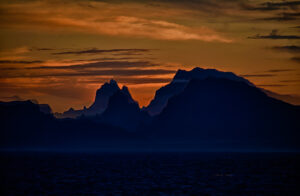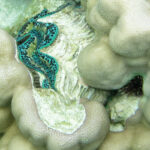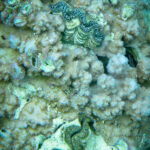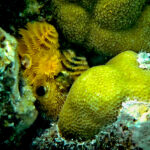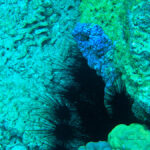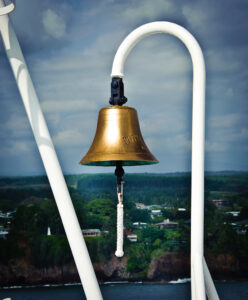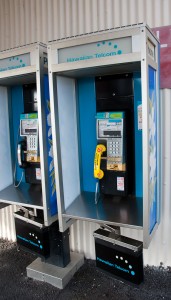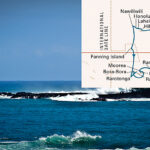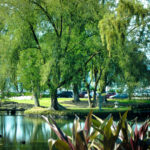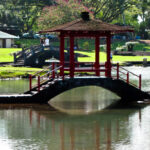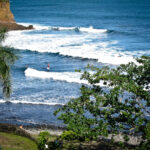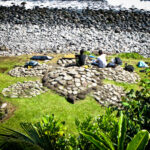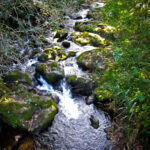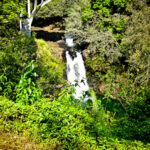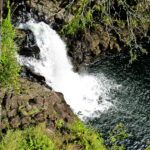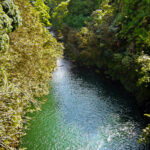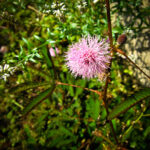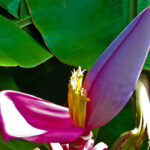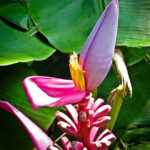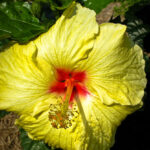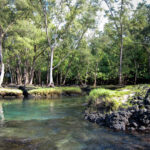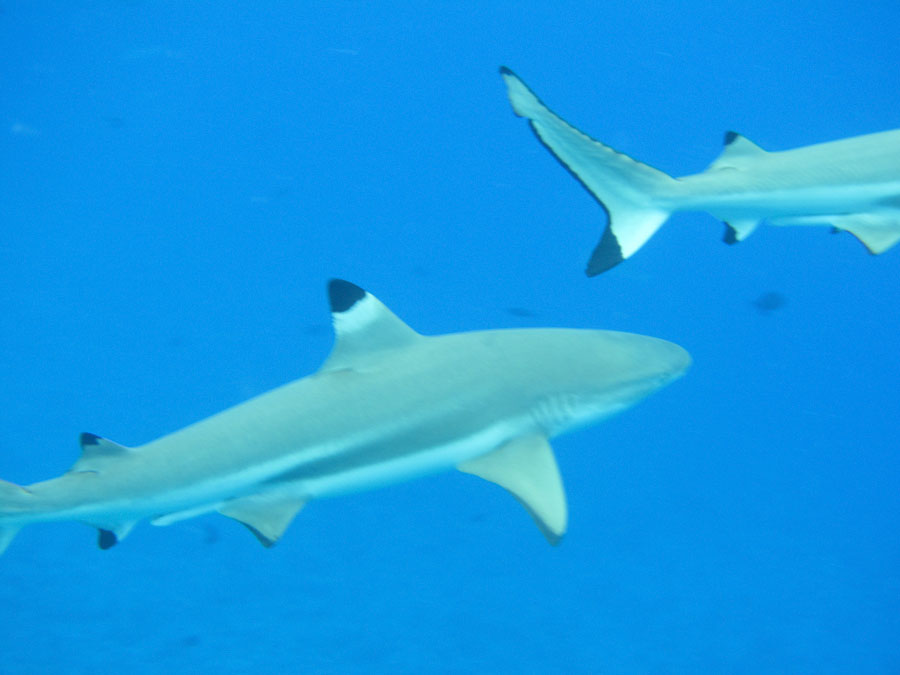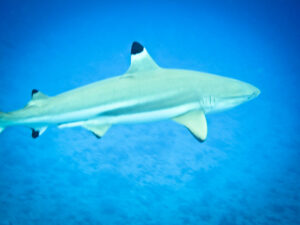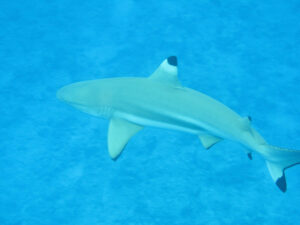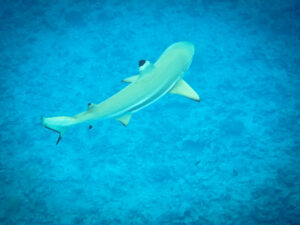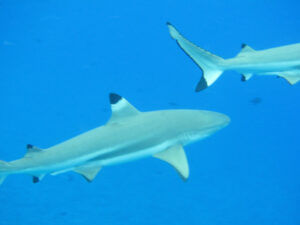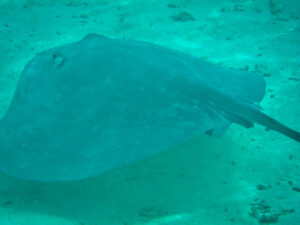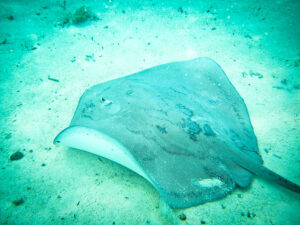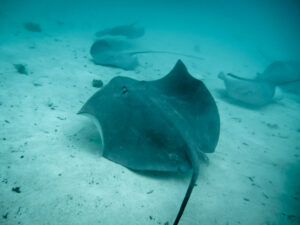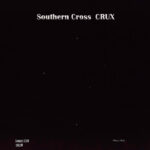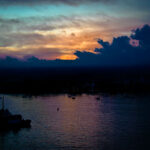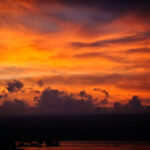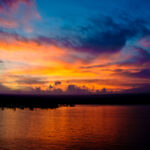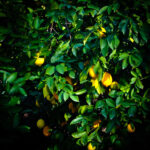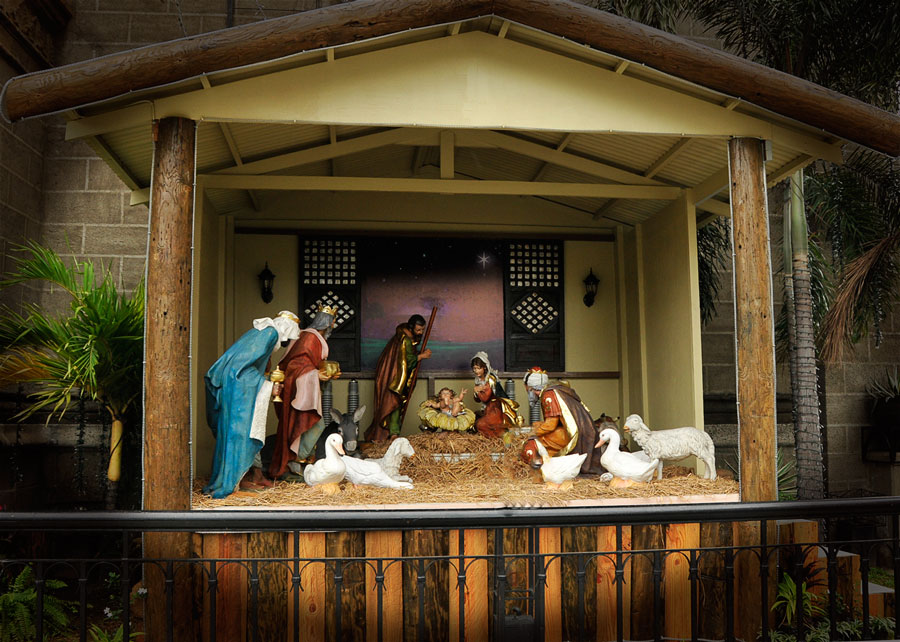Have any of you ever had to evacuate your home? It is a scary proposition, and not fully understood until one has to do it. Many thoughts come to you when you can’t return to your home;
-Did I get all my pictures, my Grandmother’s Quilt?, Did I get all my jewelry? Do I have enough clothes since I don’t know how long I will have to stay away from home? etc., etc.
Meanwhile we watch the TV news and check out the internet for the latest news on the internet.
It is great living in the mountains, but the threat of forest fires is something we have to live with just like others live with the threat of floods and /or tornadoes, or anything Mother Nature throws at us.
!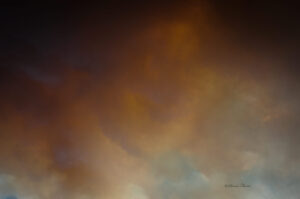 Smoke over my house from the fire Sunday evening
Smoke over my house from the fire Sunday evening
Las Conchas Wildfire – June 27 11:30 am – New Acreage Figures
Posted on June 27, 2011 by lmlujan
June 27, 2011 at 11 a.m.
LAS CONCHAS WILDFIRE UPDATE
Fire Name: Las Conchas
Time/Date Started: 1:00 p.m. on Sunday, June 26, 2011
Location: Jemez Ranger District, Santa Fe National Forest; approximately 3 miles south of Los Alamos. The fire started on private land off of NM 4 at mile marker 35.
Legal Description: T18N, R4E, SEC 4
Cause: Unknown, under investigation
Fuels: Mixed Conifer, Ponderosa Pine
Size: 43,624 acres (a map of the fire is attached).
The increase in size is due to extreme fire behavior associated with prolonged drought, red flag conditions and better mapping. Last night’s infrared flight confirmed the acreage this morning. The data from the infrared flight detects heat on the ground and that is how we determine fire size. Although the fire has moved through the area, the severity of the fire area has not been determined. Some areas may have burned hotter than others. Fires often have areas that lightly burn as well as areas where the fire burns more severely. The fire also moved east toward old fire scars.
% Contained: 0
Resources Committed: Joe S. Reinarz’ Type 1 Incident Management Team has been ordered. Seven Hotshot crews (Type 1 crews), 12 Type 2 Crews, 7 engines, and 20 aircraft (12 air tankers and 8 helicopters). Numerous resources on-scene and more are en route. In fire management we all work together. We are working with local, state and federal agencies.
Weather: Today’s weather: mostly sunny in the morning then partly cloudy with a slight chance of dry thunderstorms in the afternoon. Chance of precipitation: 10 percent. Max temperatures: 80-84 degrees. Relative humidity: 10-15 percent. North winds 6 to 10 mph with gusts up to 16 mph diminishing through sunrise. Winds will shift to the southwest by late morning and increase to 12 to 18 mph with gusts up to 25 mph by late afternoon. Gusty and erratic winds expected near thunderstorms in the afternoon.
Structures/threats: Structures, powerlines, natural gas lines, Bandelier National Monument and Los Alamos National Laboratory (LANL). The fire has not entered lab property.
Evacuations: Cochiti Mesa, Las Conchas, Bandelier National Monument, and campgrounds near the fire were evacuated yesterday.
